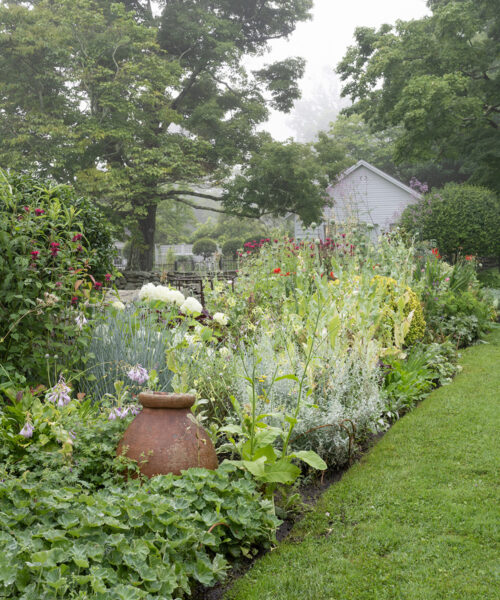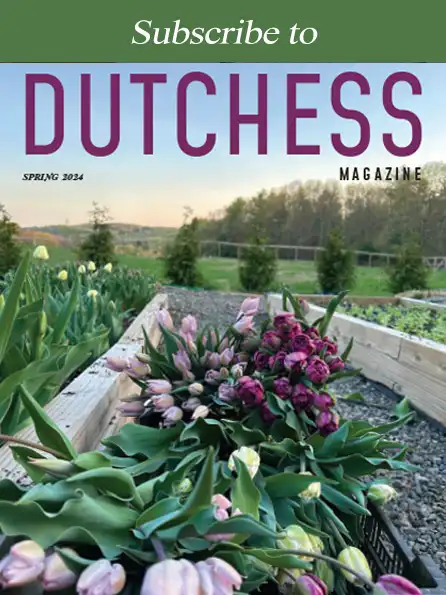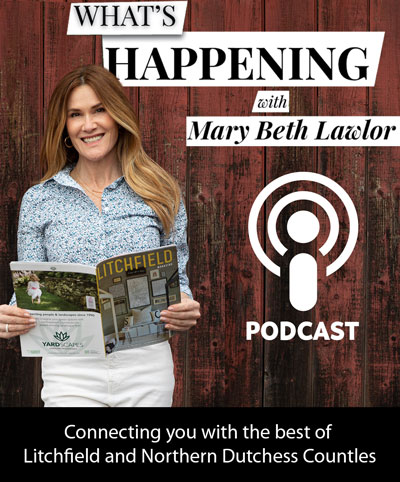By Jane Garmey
Photos by Stacy Bass
My most vivid memory when faced with making a garden almost 20 years ago was a sinking feeling of not knowing how or where to begin. The house we had recently bought in Cornwall sat on rough grass punctuated by a few crumbling stone walls. Six ancient maple trees shaded the house from the road but otherwise it presented a dauntingly blank slate.
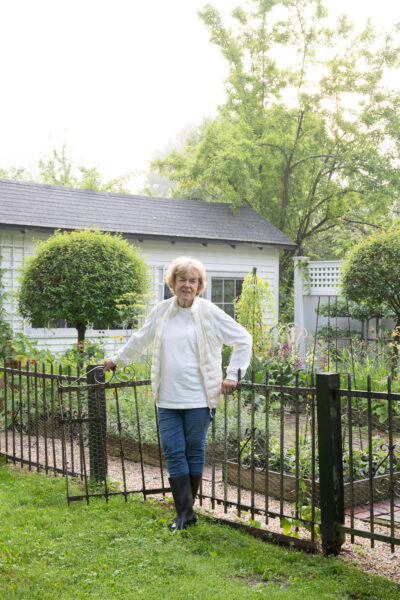

It seemed logical to begin with making a flower bed in front of one of the stone walls but I soon found its length intimidating and divided it into two beds, using the space in between to create a path to the area behind the stone wall. I knew it would help to have a schematic plan but I never made one. Instead, I planted a mix of perennials and shrubs, wanting to achieve a variety of height and shape.
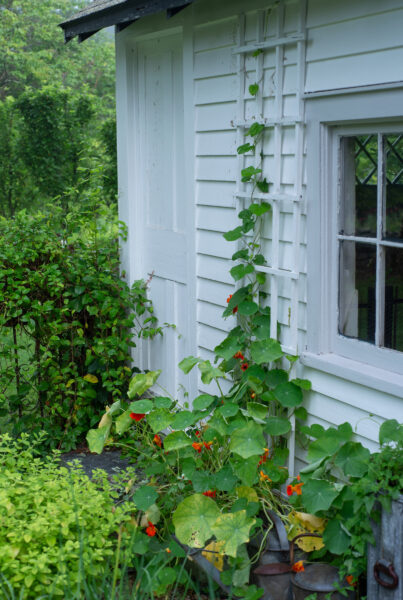
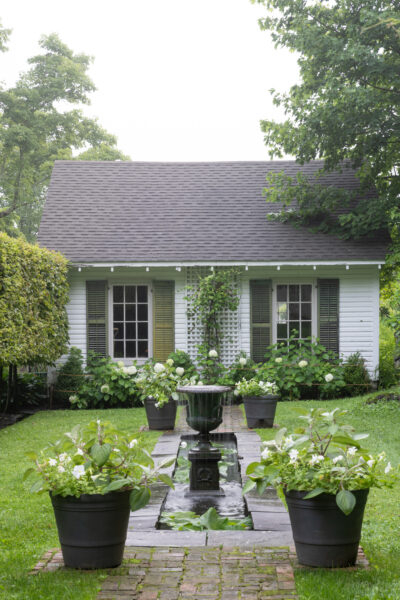
Visiting nurseries was the best part of my gardening education. “Oh reason not the need” that line from King Lear became my mantra since I have little self-control when it comes to buying plants and even less when wowed by a plant I have never thought of using or, more likely, have not previously encountered. And what can equal the pleasure of arriving home after a horticultural shopping spree and opening the back of the car to see that jumbled array (too many) of enticing newbies crammed together and ready to join my garden party.
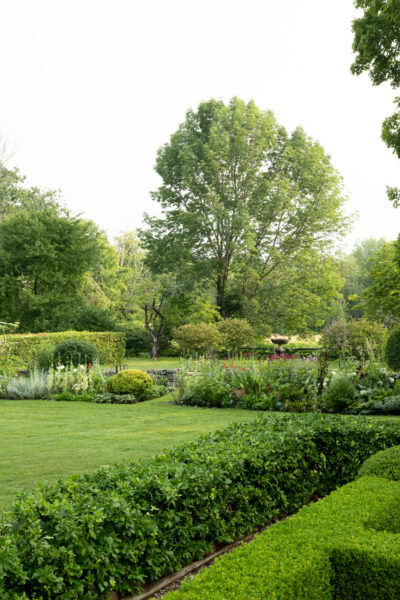
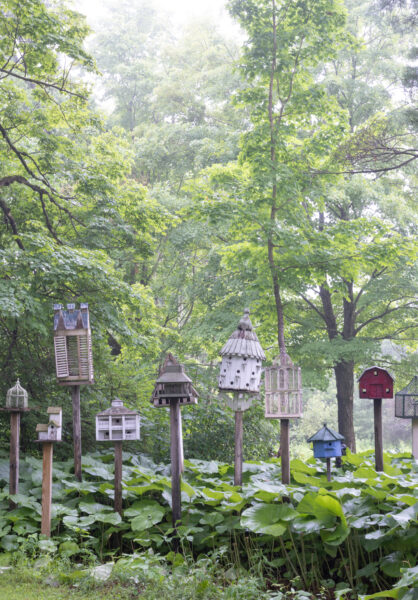
Friends have played a decisive role in how my garden has evolved. It took a chance visit by master gardener, Robert Dash of Madoo fame, to advise that a parterre won’t work on even a gentle incline. Now obvious but then it was a revelation and not welcome since it required an expensive yellow machine to level off the slope. However, the resourceful operator suggested using his remaining time to clear the mass of tangled brush growing between a small barn and a former chicken house. Eureka! The space he opened up proved the perfect spot for a picking garden and the perfect site for an antique iron fence—an impulse buy made some months earlier.
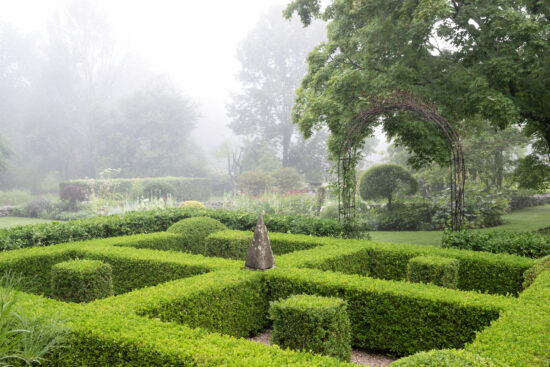
Another stroke of luck was being at a friend’s garden while she was dismantling a tiny Lord & Burnham greenhouse. “Could you use it?” she asked. Could I ever! Attached to one side of the house, it now gives my parterre definition and symmetry. Another friend, deciding to install a swimming pool in place of the previous owner’s garden, offered me four weeping cherry trees, 15 Hydrangea paniculata, and several colonnade apple trees if I could remove them in 48 hours! Somehow it got done and the cherry trees, planted in four gravel squares behind the stone wall, became a new garden room with the remainder of this fabulous haul vastly improving other parts of the garden.
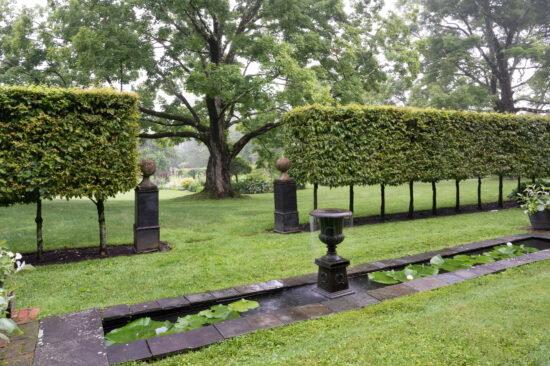
A visit to the Alhambra convinced me I needed a rill, which in turn necessitated a brick path and a row of hornbeams. When no grass would grow in the shade of an enormous pine tree, I dug up and planted bucketfuls of Petasites japonicus ‘Gigantea’ tubers from a neighbor’s garden. Yes, it is invasive and has to be fiercely reined in but it offers a dramatic backdrop for my ever growing birdhouse village.
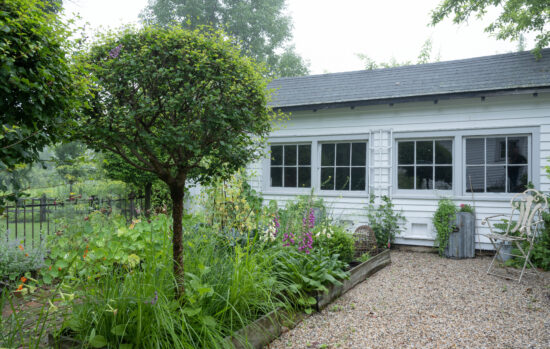
In spite of my best intentions, my garden never gets finished. I love annuals and each year end up with far more pots on my terrace than I intend. Searching out antique garden ornaments never loses its appeal, and now I’m seriously thinking about a meadow of native wildflowers. On it goes! No peace for the wicked!
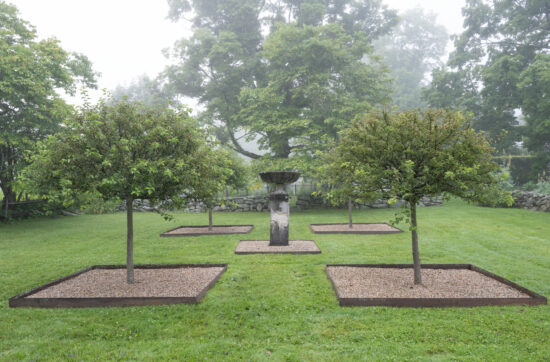
Jane Garmey writes about gardens, food, and interior design. She is the author of six books (her most recent being City Green: Public Gardens of New York) and her articles have appeared in The New York Times, The Wall Street Journal, AD, HG, Elle Décor, Country Life, Introspective, and Town & Country, where she was for many years its garden correspondent.




